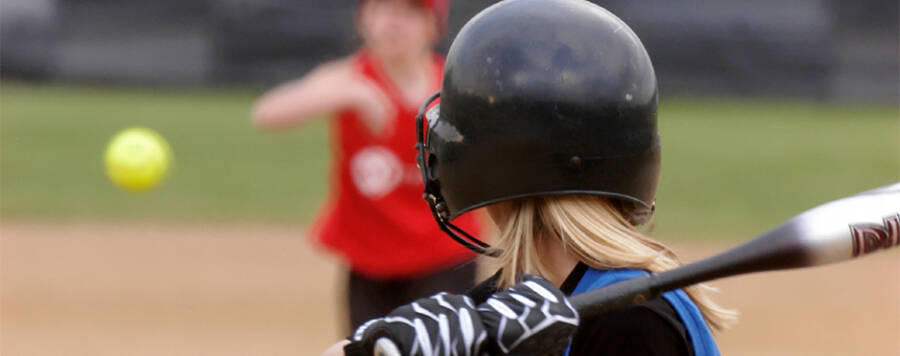1. Encouraging Muscular Imbalances
When strength training, whether it be for general fitness or performance, most people tend to focus on the muscle groups that are already strong. While this makes sense from a “looking good in the gym” sort of way, it actually reinforces existing muscle imbalances. These imbalances make us more prone to injury and this is especially true in the shoulder. I always advise my athletes to work all sides of their body equally by following a simple rule of thumb: match each push with a pull in the same area of the body. For example, after performing the bench press, you should do some rows, or after an overhead press, do some pullups.
2. Having Poor Scapulohumeral Rhythm
Scapulo-say-what-now? I know, the heading sounds intimidating, but it’s just a fancy way of talking about how your shoulder blade moves along with your arm. While a lot of overhead athletes focus on strengthening the shoulder joint itself, many forget about the shoulder blade and connecting muscles that help to keep the shoulder stable. Some simple exercises, such as rows, squeezing your shoulder blades together, and doing pushups with an extra push from the shoulders at the end can all help to strengthen the muscles surrounding the shoulder blade and prevent injury. There are many more exercises available, but they would best be prescribed by a professional that has had a chance to look at individual deficits.
3. Not Warming Up
Yes, I know…warming up is boring, but sitting on the sidelines injured is even more boring. A lot of us (especially the 9-5ers rushing to make the first pitch of softball league) like to skip warming up because time is tight or we’d rather get right into the action. It’s time we face facts. If professional arms require a decent amount of time to prepare for competition, we do too. So here are a few ideas. First, go through all of the basic shoulder motions with some light resistance. This is a great chance to isolate your rotator cuff muscles (the muscles used for throwing) and detect any specific weaknesses to be addressed. After that, it’s a great idea to do some light throwing and steadily progressing to harder throws. These may seem like no-brainers, but they’re important for injury prevention.
4. Too Much Too Soon
The body requires time to adapt to new activity and going from not throwing at all to making dozens of throws all at once can lead to a host of overuse issues. The easiest way to avoid overuse is to stick to an amount of activity that doesn’t make you sore for an extended period of time. A little bit of soreness the first few days of a new activity is common, but if soreness lasts longer than a day or two, it’s a pretty good sign you need to back off of the amount of work you’re doing. If you think you may have overdone things a little bit, it’s always a good idea to get some ice on any potentially sore areas as soon as possible to help decrease inflammation.
5. Too Fancy Too Soon
This last mistake applies mostly to young baseball players. There are plenty of pitches for a pitcher to master, but many can have potentially negative effects on an athlete’s shoulder if done at too young of an age. In general, it is best to avoid curve balls until the age of 16 and sliders shouldn’t start until age 17. Most “trick” pitches should wait until the body has finished growing. While this leaves you with a fastball and changeup for a bulk of your pitches, it will leave you with a healthier shoulder and, potentially, a longer career. Sometimes even limiting pitch types can’t prevent pain, and a professional video throwing analysis may be necessary to identify problems in a throw.
While a lot of these topics are specific to baseball and softball players, I’ve found these same mistakes to be common in volleyball, tennis and other overhead sports as well. Addressing these five mistakes will definitely give you a leg (or arm) up on the competition and will hopefully help keep you in the game.
If you’re experiencing shoulder pain, schedule a free assessment at an Athletico near you!
The Athletico blog is an educational resource written by Athletico employees. Athletico bloggers are licensed professionals who abide by the code of ethics outlined by their respective professional associations. The content published in blog posts represents the opinion of the individual author based on their expertise and experience. The content provided in this blog is for informational purposes only, does not constitute medical advice and should not be relied on for making personal health decisions.

 width="900"
height="356"
>
width="900"
height="356"
>

1 Comment
Gary W Curtright
Samantha at Lake St Louis Athletico helped me a tremendous amount with my shoulder and in learning to use the balance ball which has improved my life!!